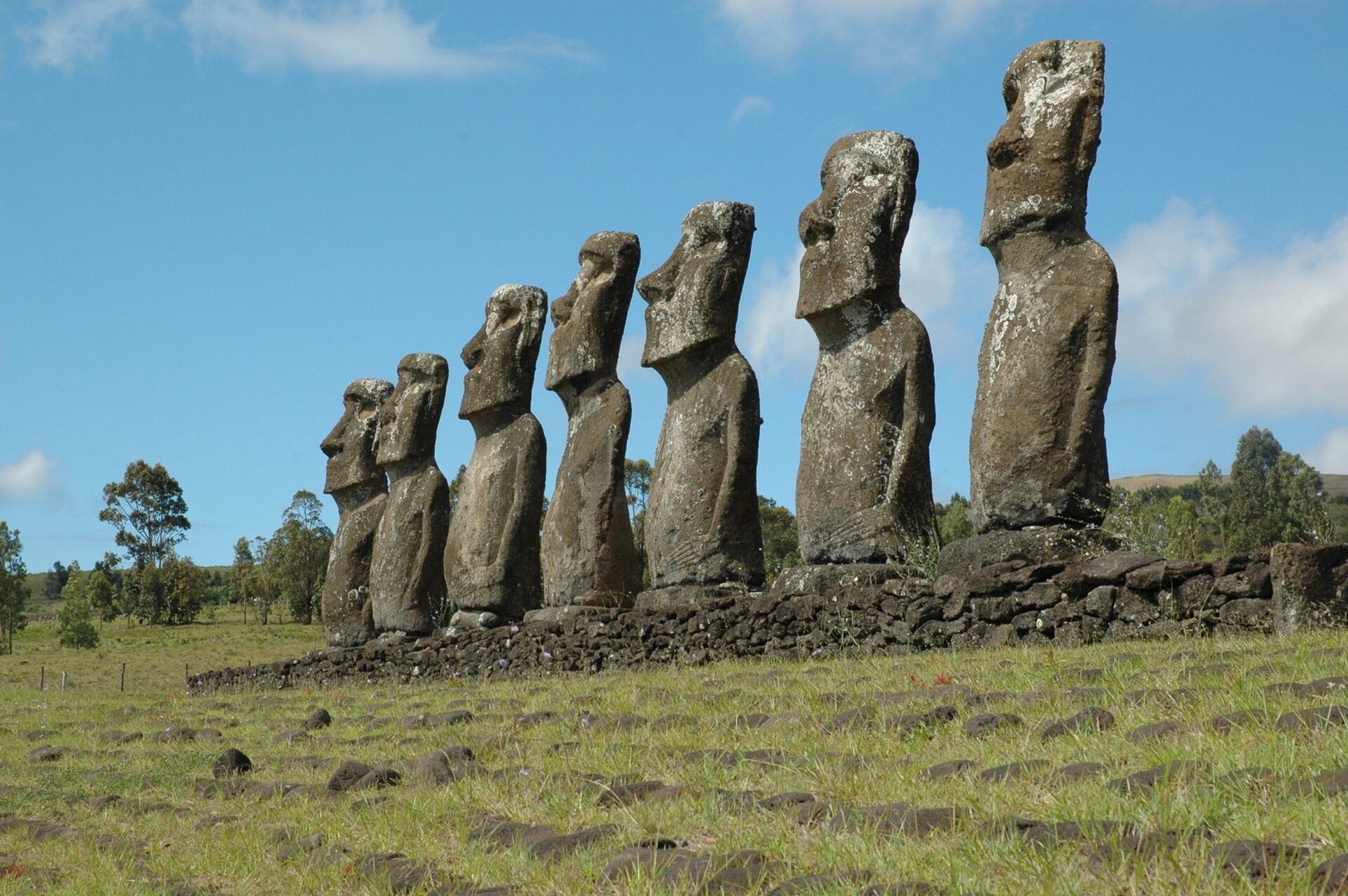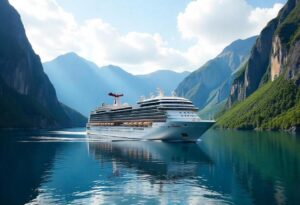What and Where is Easter Island?
Often referred to by its Polynesian name for Easter Island, Rapa Nui, this remote destination is one of the world’s most mysterious and iconic travel sites. But you may still be wondering: “What and where is Easter Island?” or even “Easter Island where is” on the global map?
Easter Island is located in the southeastern Pacific Ocean, nearly 2,300 miles from the coast of Chile. It’s a territory of Chile, placing it within Chilean Polynesia and making it one of the most isolated inhabited islands in the world.
Easter Island on the Map
Searching “Easter Island location on world map” or “Easter Island on a map of the world” will show you a speck far from everything—but that’s part of its charm.
- Where Easter Island is located: Southeast Pacific, part of Chile
- Is Easter Island a part of Chile: Yes, it was annexed by Chile in 1888
- Easter Island map world: Essential for planning your route
- Maps of Easter Island: Help locate sites like Ahu Tongariki or Rano Raraku
Use a world map with Easter Island overlay when planning your journey.
Why Is It Called Easter Island?
If you’ve ever Googled “why is the island called Easter Island” or “why is Easter Island called Easter,” here’s the backstory:
Dutch explorer Jacob Roggeveen arrived on the island on Easter Sunday in 1722, hence the name. But to the native Rapa Nui people, the island has always been called “Te Pito o Te Henua” (Navel of the World).
How Can I Get to Easter Island?
“How can I get to Easter Island?”
- Direct flights from Santiago, Chile via LATAM Airlines
- Limited cruise ship options
- Use your Easter Island map location to plan transit and accommodations
Can you visit Easter Island today? Yes—but keep in mind travel regulations, especially in 2025, may vary by season and capacity limits.
When Was Easter Island Created?
Geologically, Easter Island was created by volcanic activity more than 750,000 years ago. It has three main extinct volcanoes: Terevaka, Poike, and Rano Kau.
The civilization of the Rapa Nui islands dates back to around 1200 AD, leaving behind incredible art and architecture.
The Moai Statues: Mysteries of the Pacific
The biggest draw is undoubtedly the Moai Easter Island Chile statues—over 900 of them scattered across the island.
- Location of Easter Island heads: Many are found at Ahu Tongariki and Rano Raraku
- Where is the Easter Island statues located: Primarily along the coastline
- Meaning of Easter Island statues: Believed to represent deified ancestors
- Use an Easter Island map Moai to discover their locations
What to Do on Easter Island
Despite its remoteness, there’s plenty to do:
- Easter Island surf at beaches like Anakena
- Sample unique Easter Island food like tuna empanadas and umu (earth oven-cooked meals)
- Meet the people on Easter Island—descendants of the Rapa Nui
Curious about Easter Islander’s culture? Visit local museums and ceremonial sites.
Rapa Nui Tourism: Tips for Smart Travelers
Travel to the Easter Islands isn’t just a vacation—it’s an education. Here are tips for a safe and enriching trip:
- Travel safety tips: Carry ID, wear sunscreen, and avoid walking alone at night
- Follow a travel abroad checklist: Passport, proof of accommodation, return ticket
- Consider emergency evacuation insurance—especially if you plan adventure activities
- Keep up with travel advisory and weather alerts
- Use travel planning advice blogs and apps to plan
- Prioritize international travel safety practices
Common Search Queries—Now Answered
- “Easter Easter Island” – Yes, it’s the same place, named by Roggeveen
- “Easter I.” or “Easter i” – Abbreviated forms commonly used
- “Native name Easter Island” – Rapa Nui
- “Nui Easter Island” and “Polynesian Easter Island” – Refers to its indigenous heritage
- “Easter Island is in” – Chile
Still wondering “Whats Easter Island?” It’s a Polynesian island, rich in history and wrapped in enigma.
Plan With Purpose, Explore With Wonder
Easter Island, or the island of Rapa Nui, is a bucket-list destination for the culturally curious and historically fascinated. By learning its history, planning smartly, and respecting its people and land, you help preserve this sacred space.
For more fascinating guides and smart travel tips, stay tuned with The Inspiring Insight.




